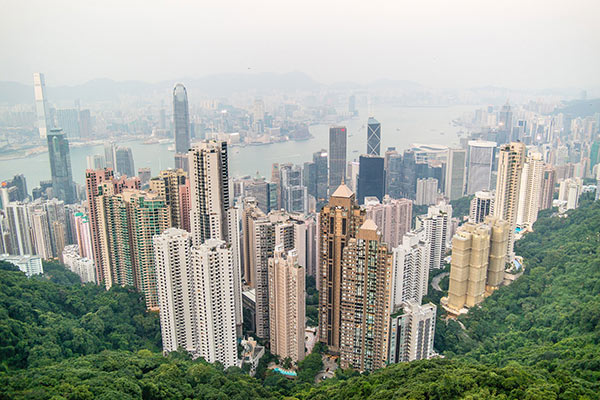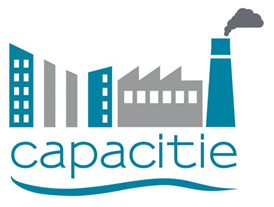Cutting-Edge Approaches for Pollution Assessment in Cities (CAPACITIE)
CAPACITIE explored a range of technologies for pollution monitoring, including: mobile phones; passive sampling devices; miniaturised sensing devices; robotics; and state-of-the-art analytical techniques e.g. time of flight mass spectrometry.
Context
More than half of the world’s population lives in cities and nearly two billion extra urban residents are expected in the next 20 years. Many of the fastest growing cities in the world are highly polluted, resulting in adverse effects on human health. Urban pollution can also impact the health of the natural environment which will affect the delivery of a range of ecosystem services. There is therefore an urgent need to better understand the factors and processes affecting the pollution of cities and the potential negative impacts of this on human health and the environment. To achieve this, improved approaches for monitoring different forms of pollution (air, water, noise) are needed.
Aims and objectives
The CAPACITIE Project aimed to explore a range of technologies for pollution monitoring, including: mobile phones; passive sampling devices; miniaturised sensing devices; robotics; and state-of-the-art analytical techniques. These technologies provide several advantages over current monitoring methods such as the ability to quantify pollution levels at greater frequency and spatial resolutions, the ability to monitor locations with poor accessibility and hostile environments, and they allow us to characterise human and ecological exposure to chemicals that have never been monitored before. It is important to fully understand the needs of the end users (expert stakeholders and the public) regarding environmental monitoring data and to understand how best to engage different stakeholders in monitoring activities which the project also set out to explore.
Findings and outcomes
We have developed approaches that allow us to understand levels of pollution at high spatial and temporal resolutions, including:
- new sensors for detecting air pollutants and water pollutants
- robot monitoring system to monitor surface water quality
- analysis of pharmaceutical levels in York’s rivers
- a method using wireless sensor networks to monitor air quality
- a model for testing sensor performance in urban sensor networks, yielding better results than existing analysis methods
- analysis of sources and pathways for engineered nanoparticles
- in-depth understanding of the formation of secondary pollutants in indoor air
Through the project, we have developed a decision-support system for air quality-conscious city planning using a novel statistical regression-based air pollution model, producing accurate spatial & temporal predictions. Our findings suggest involving end-users in the set up and data trial of air quality sensors will foster engagement in air quality management, particularly if there is a chance to use new technologies. Our new technologies and systems give vital information for effective decision making.
Related links
- Prof Alistair Boxall (Principal Investigator)
Principal Investigator
- Prof Alistair Boxall (Department of Environment and Geography, University of York)
Co-Investigators
- Prof Jon Timmis (School of Physics, Engineering and Technology, University of York)
- Dr Darren Reed (Department of Sociology, University of York)
- Dr Steve Johnson (School of Physics, Engineering and Technology, University of York)
- Prof Ally Lewis (Department of Chemistry, University of York)
- Prof Charlotte Burns (University of Sheffield)
- Dr Nicola Carslaw (Department of Environment and Geography, University of York)
- Dr Iain Bate (Department of Computer Science, University of York)
Marie Curie Initial Training Network, funded by European Commission
- Niosh
- University of Vienna
- Berlin Natural History Museum
- Trinity College Dublin
- IBM
- U.S. Geological Survey
- Ecologic Institute hemeinnutzige
- UBA
- City of York Council
- Seoul National University
- Markes International Ltd.
- Arup and Partners Ltd.
- PerkinElmer Health Sciences Ltd.

